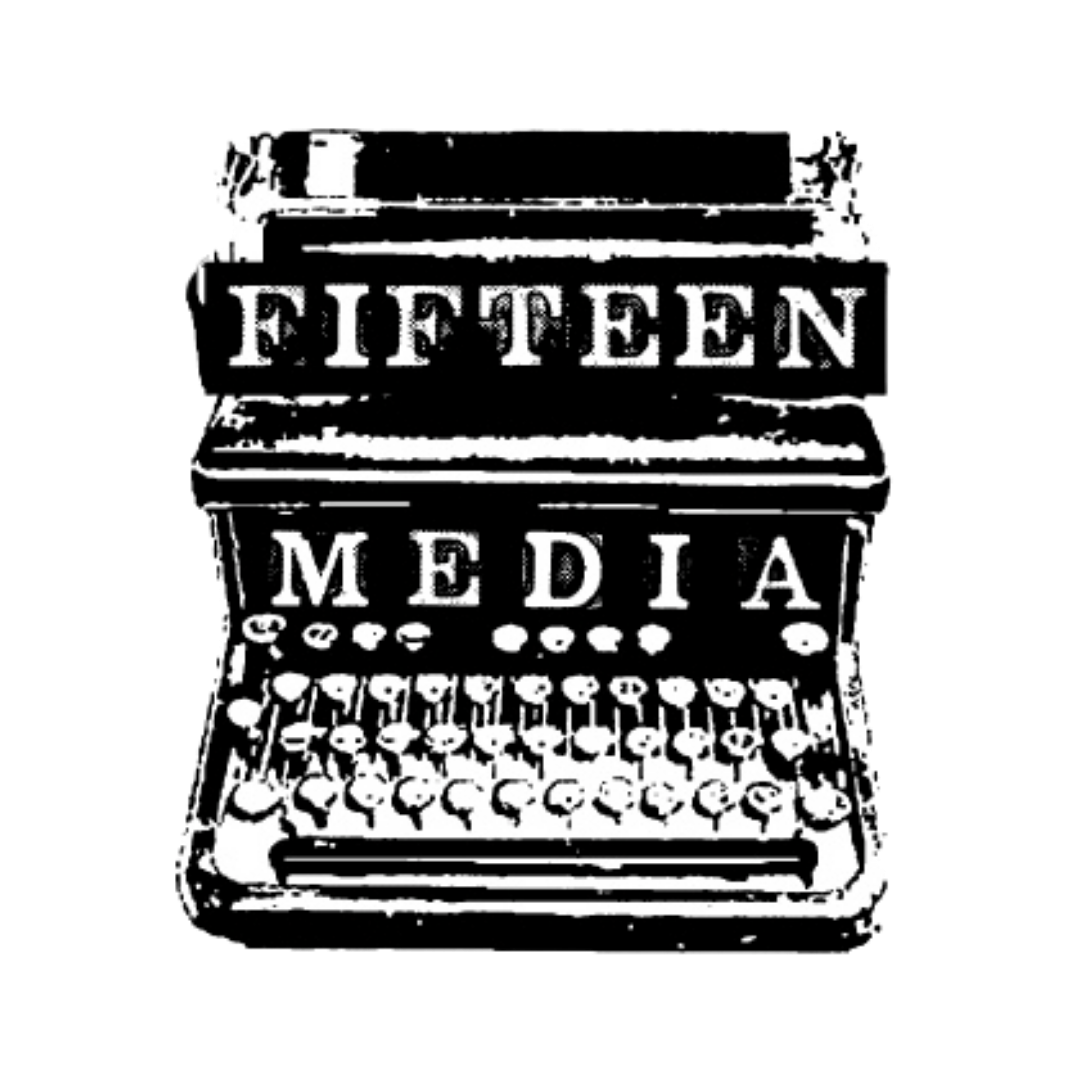Three Rules for Packaging Successful Soap & Cosmetic Products
Despite the adage, “Don’t judge a book by it’s cover,” we totally judge books by their covers and the same is true for soap and cosmetic products. Consumers are quick to judge the legitimacy and trustworthiness of a product based solely on its packaging.
The more I work with soap and cosmetic makers, the more I see first hand how influential good packaging can be on a brand’s success. The media is more likely to feature products that look professional. Consumers are more likely to buy products that look professional. And customers are more likely to show off and recommend products that look professional.
People today celebrate the artisan era and are looking for more mindfully made products. But at the end of the day, customers need to trust that what they are putting on their skin is professionally made and a legitimate (i.e. safe) product. Here are a few tips to make your packaging more professional.
1. Less is More… More Convincing
Think about the effectiveness of a stop sign. It only uses one word to organize an entire intersection. Now imagine the last time you had to decipher a typical downtown parking sign that explains all the different times and rules for that curb. All I want to know is if I can or cannot park.
When product packaging includes too many concepts, design elements, or too many words, it looks cluttered. If you want to get your message across, leave off everything unnecessary so that your primary points can be easily understood.
Soap and cosmetic product usually have a lot of information that needs to be included such as the ingredients and instructions. Use concise language to keep the text minimal on what you have to include. After that, think carefully about what text and design elements add value or make it easier for the customer to understand the product. If it doesn’t substantially add value, it’s probably clutter.
2. Unlike a Mullet, You Want Your Business in the Back
The front and back of your products have two entirely different purposes. The front label needs to be eye-catching and attention-grabbing. The back of your products is for everything else.
The front of your products should be well designed and can include the product name, brand name, and logo. That is all it needs. Once the customer is interested in the product, they can pick up the product to learn more. This goes hand in hand with keeping the label simple, but the front label should be especially simple.
The back is where you can put all the business items like the ingredients, instructions, company address and whatever else is required.
3. Fake It Till a Professional Makes It
I highly recommend hiring an experienced professional to design great labels for you. If that’s not possible, invest your time and effort to design something close.
Handwritten labels are generally a no-go. Neither are address labels, even if you print a design on them. Think about the standard of packaging you see in stores. If you want your product to be on the shelf (or on the vanity of a famous actress in her latest blockbuster!) it needs to look the part.
Take it up a notch. If you’re going to buy your labels from an office supply store, get a nice shape or a pretty color. Home printing can often be low-quality, so if you are designing the label yourself, see if you can have it professionally printed. Pinterest is a great place to search for product label inspiration and Canva is an easy and free version of photoshop if you want to level up from Microsoft Paint.
Don’t compromise on your products labels. Be relentless if necessary. Your brand and your success depend on it. You’ve already put a lot of effort into making incredible products, make sure they look incredible too.

